Hathor: The Goddess Of Beauty And Sexuality
Hathor was at one time the most popular and important female goddess in Egyptian mythology, before she was overshadowed by…
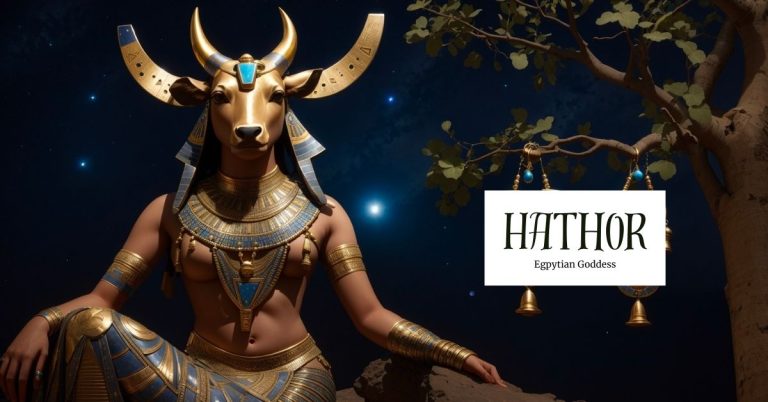
Hathor was at one time the most popular and important female goddess in Egyptian mythology, before she was overshadowed by…
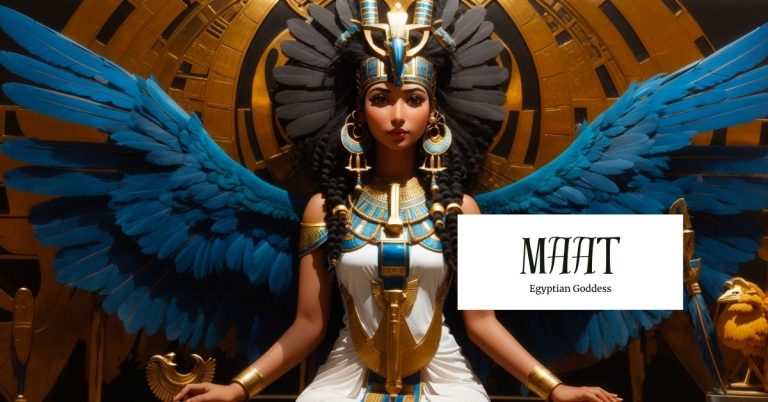
The goddess Maat, but also the name of the Egyptian system of laws. Maat is more of a concept and…
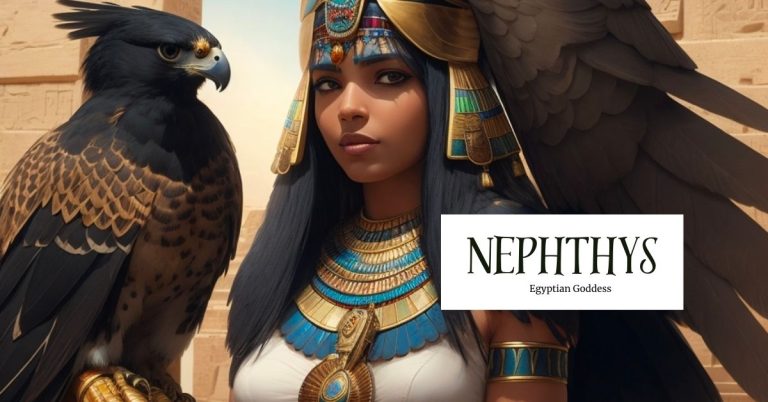
Part of the original nine deities that ruled ancient Egyptian mythology, Nephthys is the goddess of darkness, mourning and death….
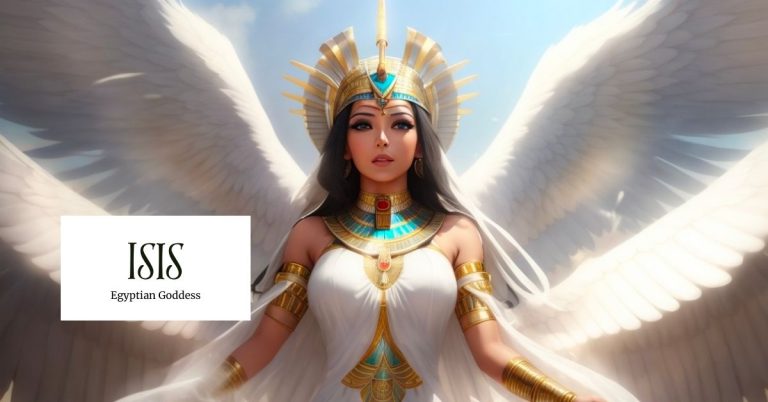
Isis is known as one of the most important goddesses in ancient Egyptian history. Known for her incredible healing and…
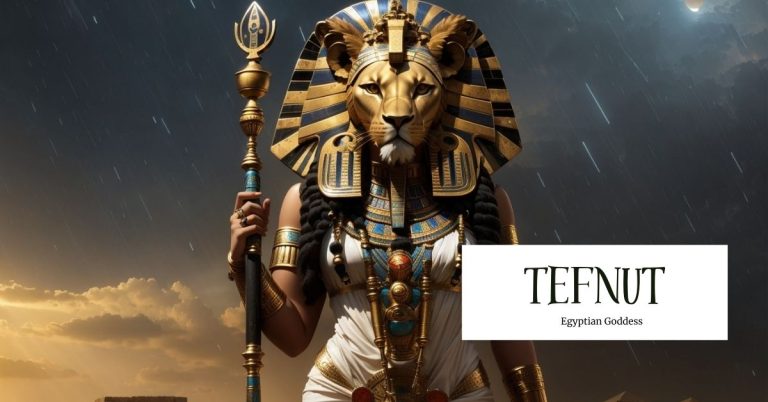
The first Egyptian goddess from Egyptian myth is Tefnut—a goddess known for her wrath and her peace. The daughter of…
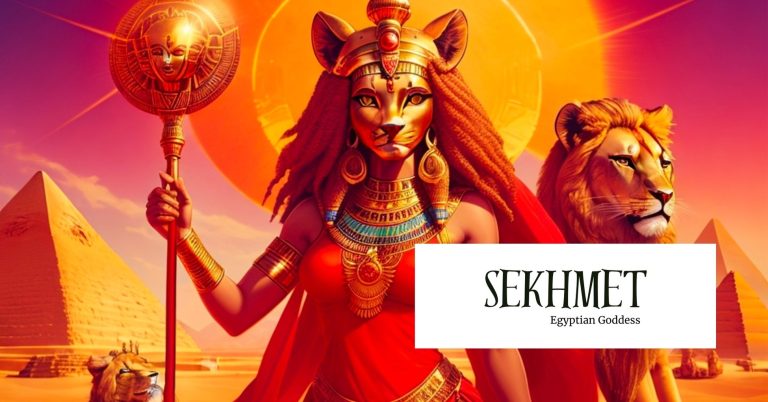
In the stark contrast between destruction and healing, the goddess Sekhmet is one of the most popular and most important…
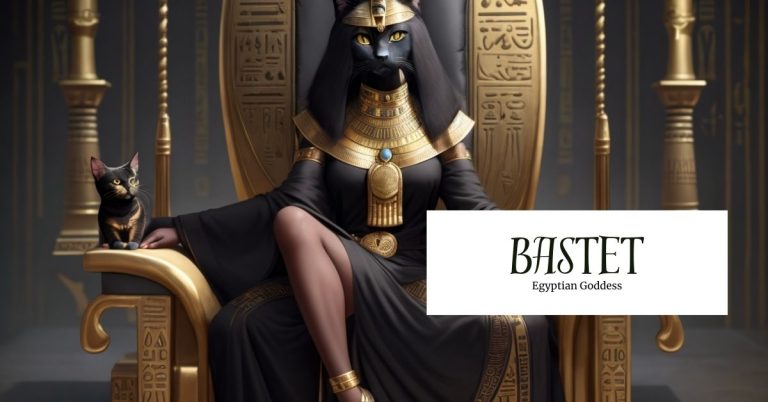
Transformed from a powerful lion to a gentle cat, Bastet is an Egyptian goddess known for her feline presence and…